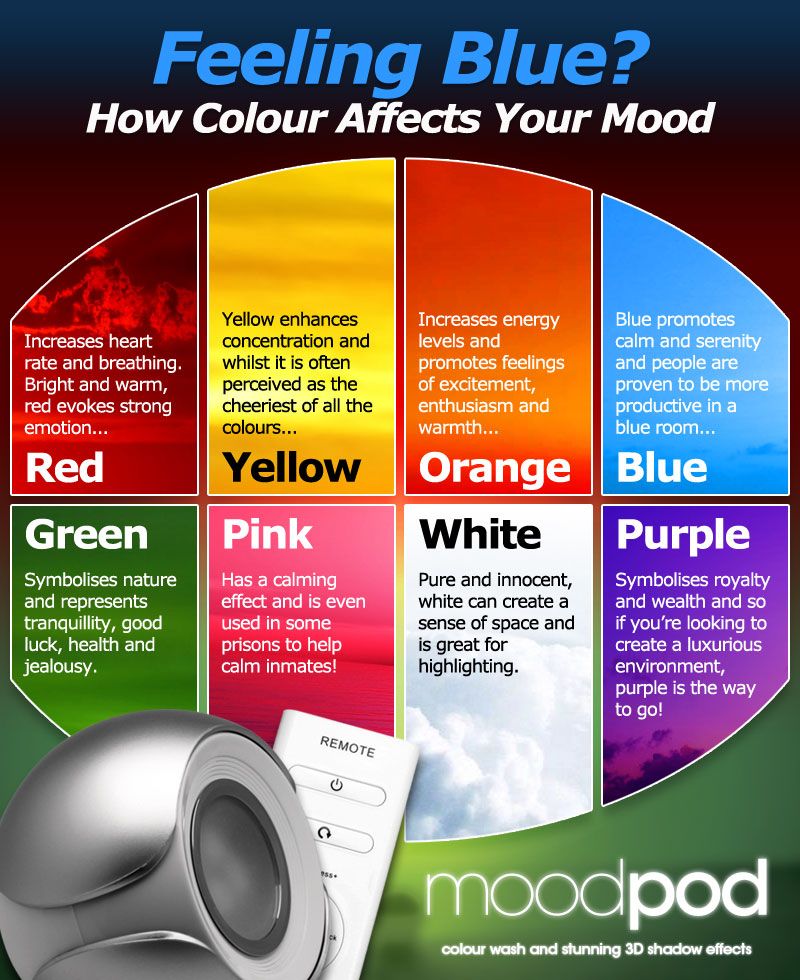Why does color exert such powerful force in our lives?What effects can it have on our body and mind? Artists, designers and publicists use colors as a communication tool to influence people’s moods, feelings and emotions, as well as their physiological states.
But, despite much discussion about how to use color to influence and even manipulate people, there are few studies on the subject.
- In any case.
- Color psychology is a topical topic that is present in art.
- Marketing.
- Design and many other areas that seek to communicate and get a reaction from people.
Feelings about colors are often very personal and rooted in both experience and culture, so the same color can mean completely opposite things depending on culture or civilization.
Several ancient cultures, such as Egyptian and Chinese, practiced chromotherapy, which used colors to cure, and is still used today as a holistic or alternative treatment.
In chromotherapy, colors are used as follows
? Red is used to stimulate the body and mind and to increase circulation.
? Yellow stimulates nerves and can purify the body.
? Orange is used to heal the lungs and increase energy levels
? Blue is used to soothe diseases and treat pain.
? Indigo tones are used to relieve skin problems.
Most psychologists treat color therapy with skepticism and point out that the purported effects of color are often exaggerated precisely because colors have different meanings between cultures.
Several researches have shown that, in many cases, the effects of mood swing are only temporary; however, other studies have concluded that color can surprisingly affect people. For example, one study found that hot-colored placebo tablets were more effective than cold-colored tablets. Other studies have also shown that certain colors can influence student performance and athletic performance.
Although interest in color psychology is growing, many questions remain unanswered. Currently, researchers have concluded that while color can influence how we feel and act, these effects are subject to personal, cultural and situational factors, and more scientific research will be needed.

